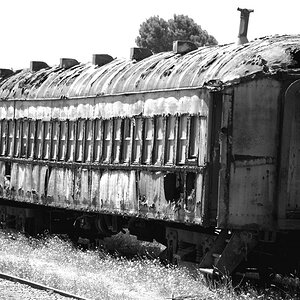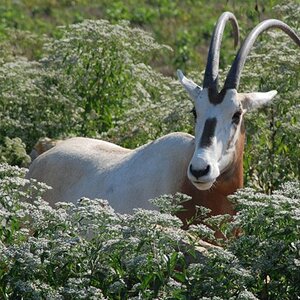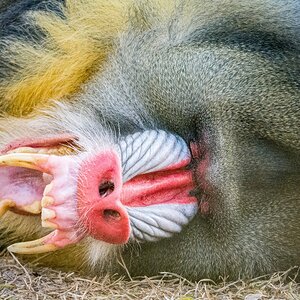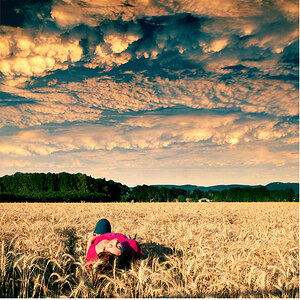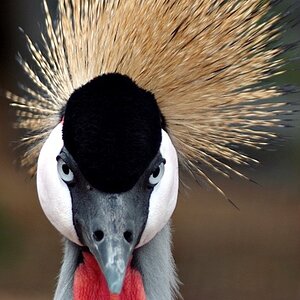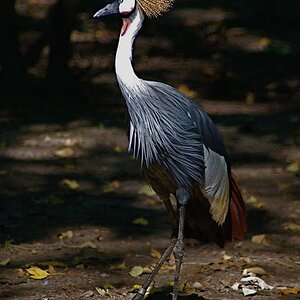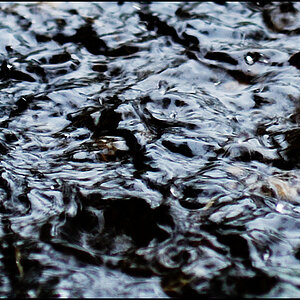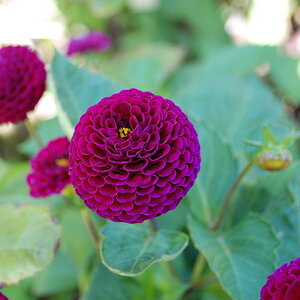- Joined
- Mar 29, 2016
- Messages
- 14,857
- Reaction score
- 8,311
- Can others edit my Photos
- Photos NOT OK to edit
This is my first post here, so if I'm doing something wrong, please let me know. Experimenting with photos that include both dark vivid colors and white highlights. In this photo example, the detail on the dark petal is decent, but the white is lacking. I tried several different combinations shutter/aperture/ISO, with this being the best of the bunch. Natural light on a dark cloudy day around 4 pm in the afternoon. Pentax, 1/8 sec, F/5, 18 mm. ISO 100. Any suggestions or tips??





